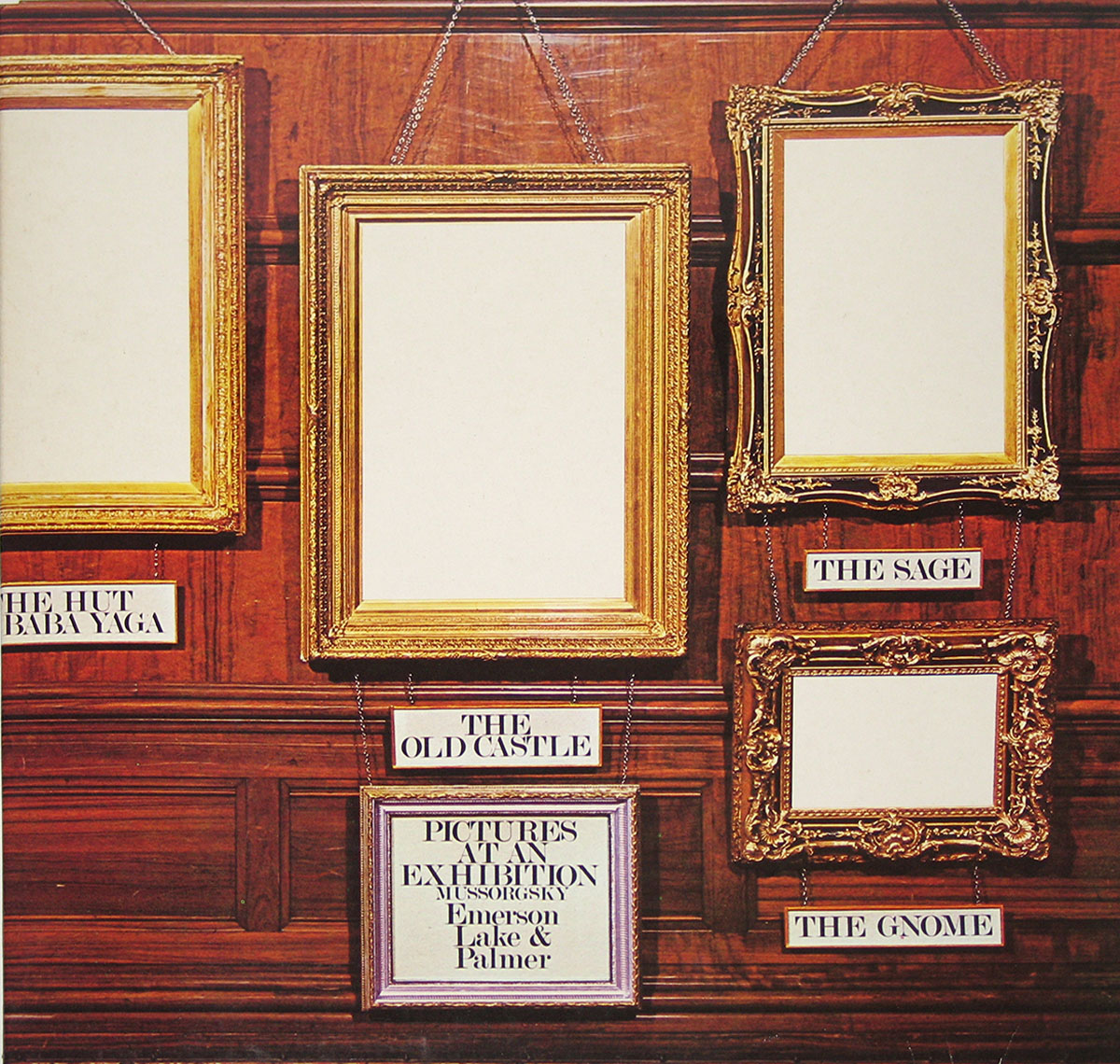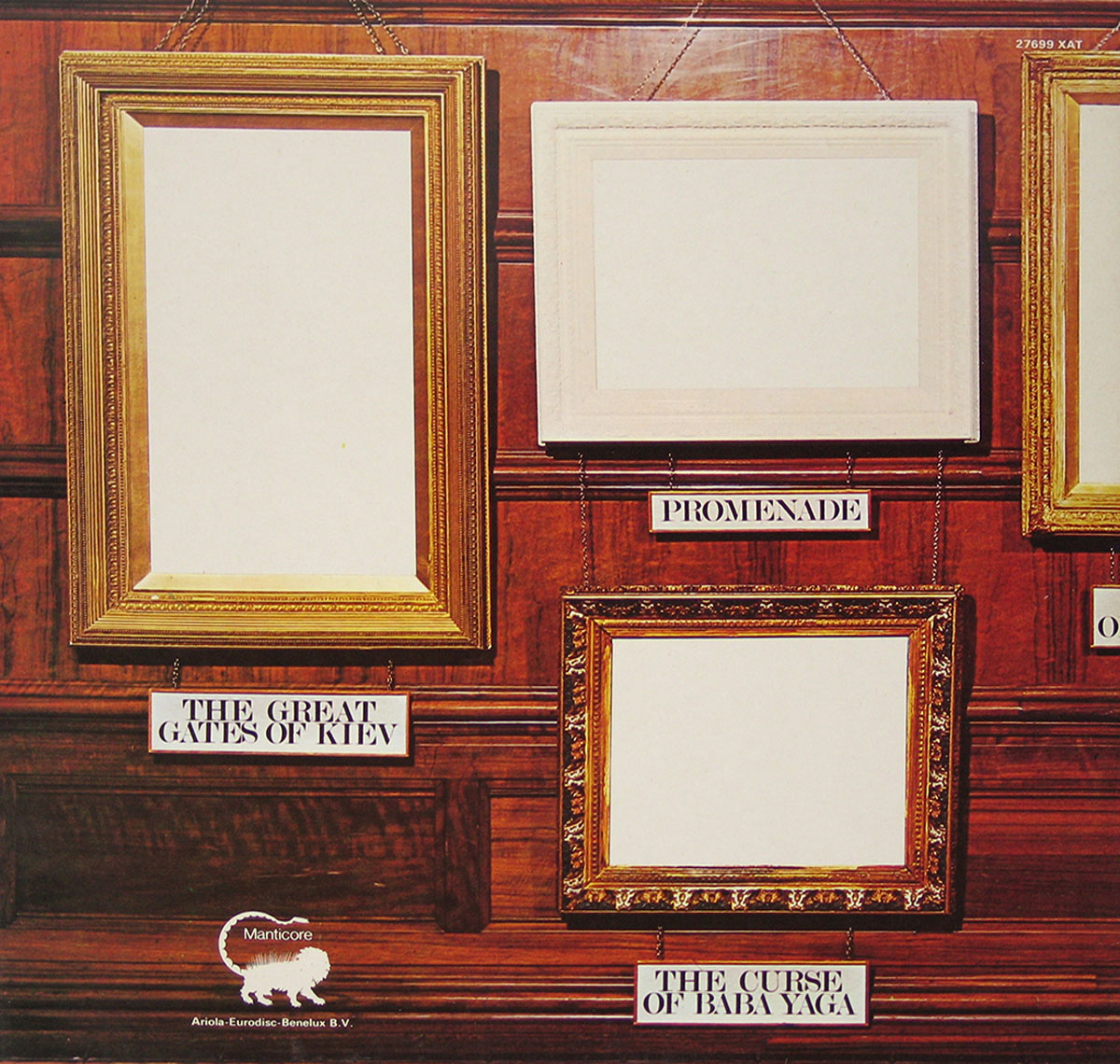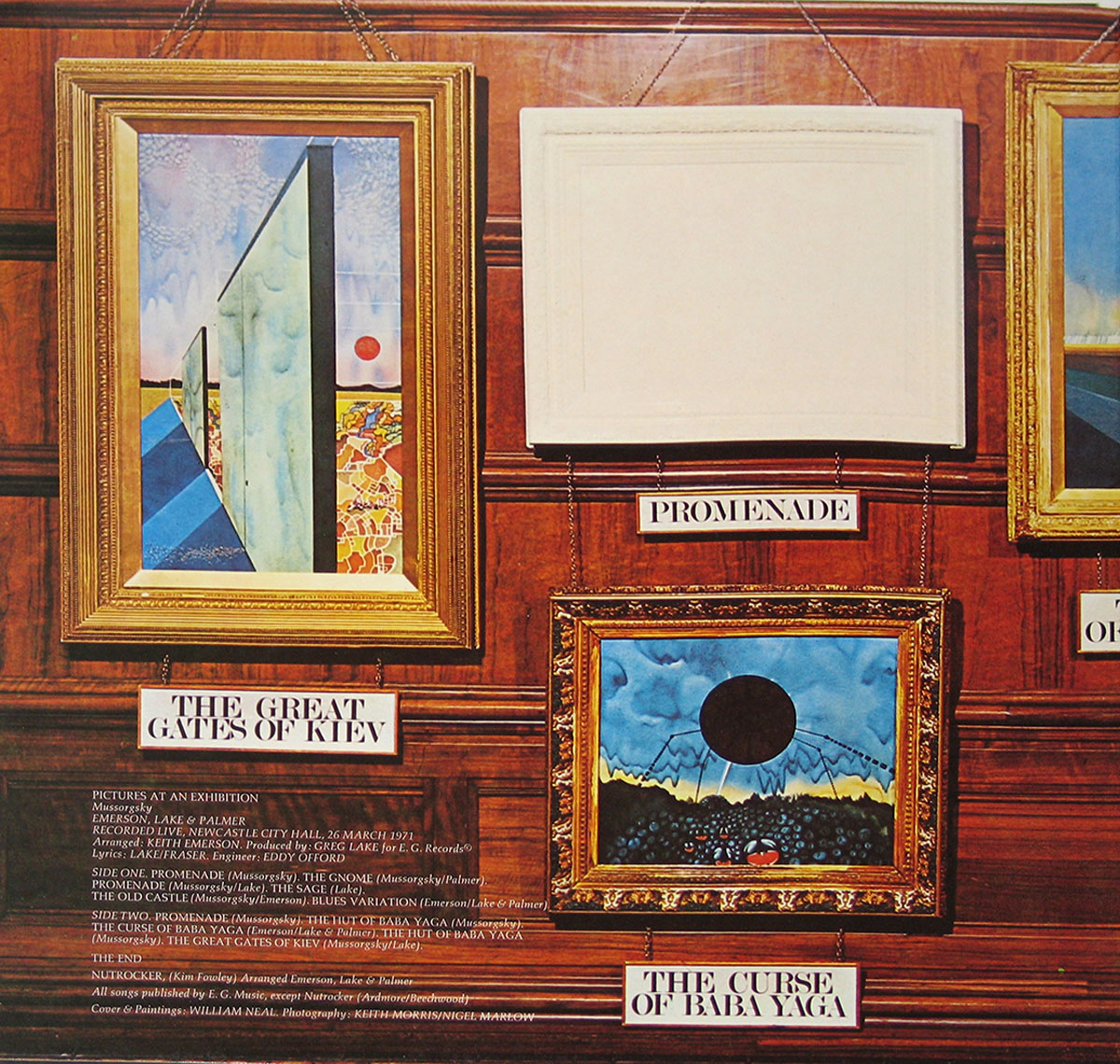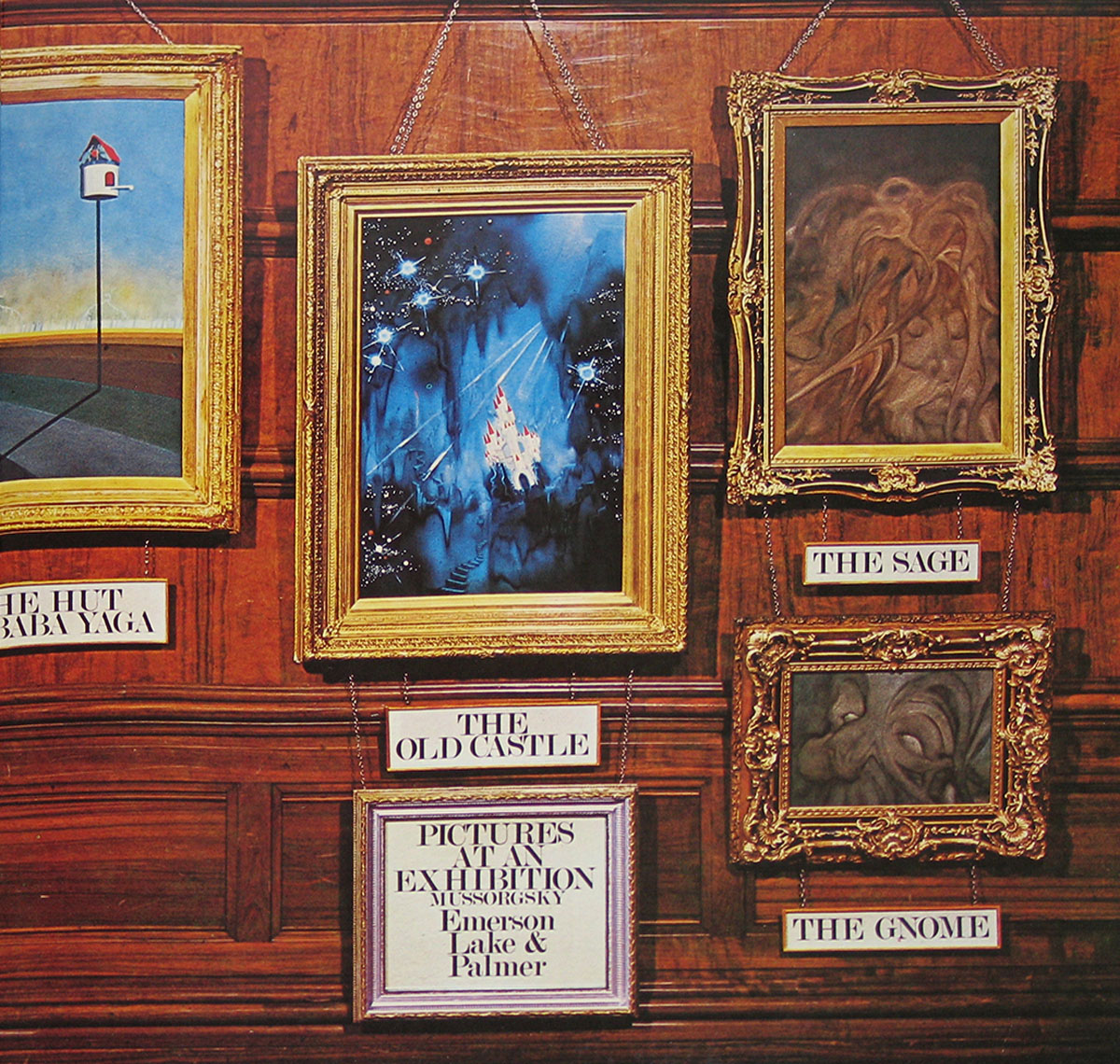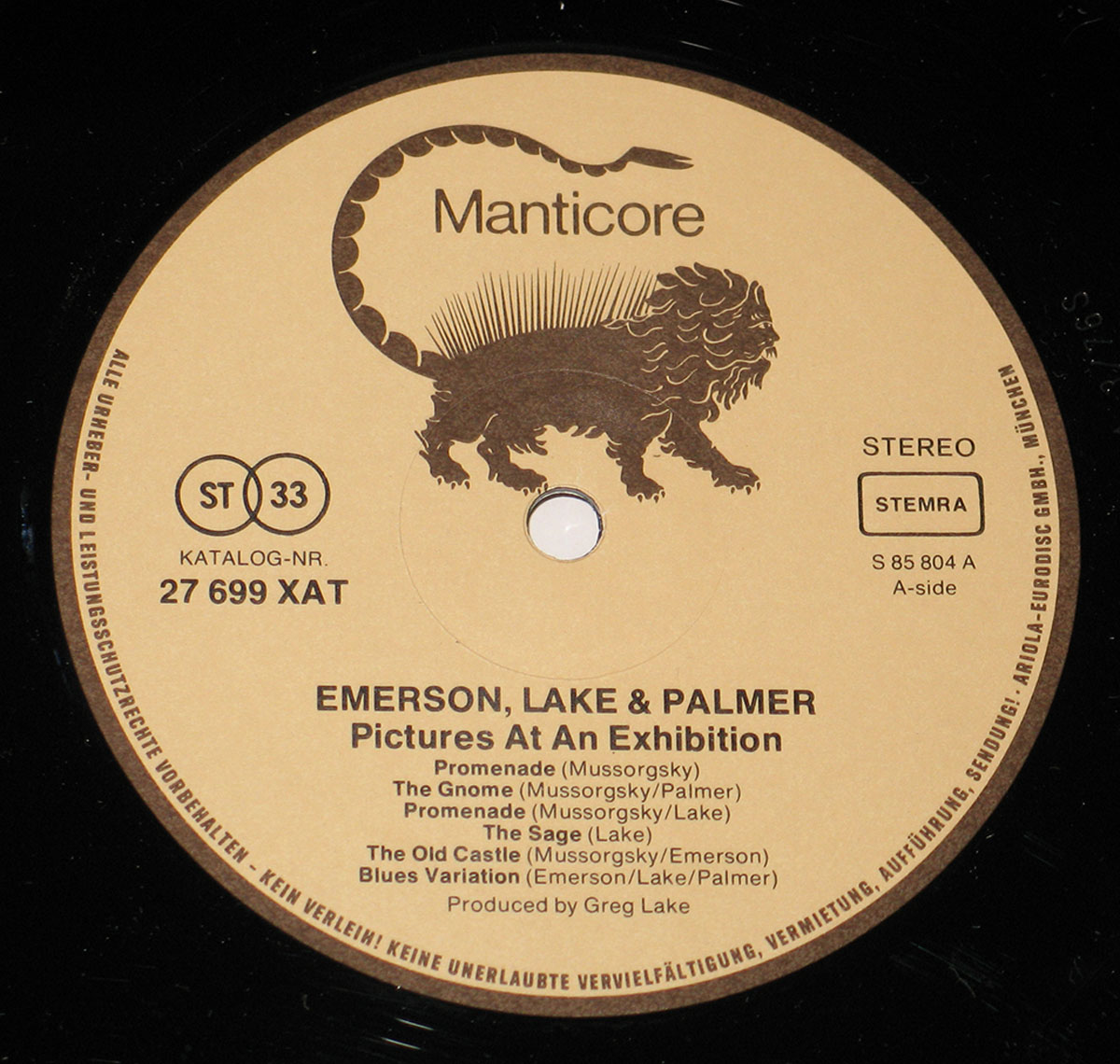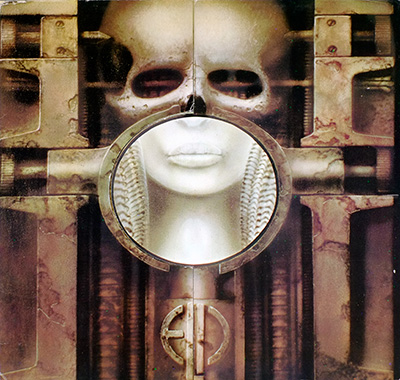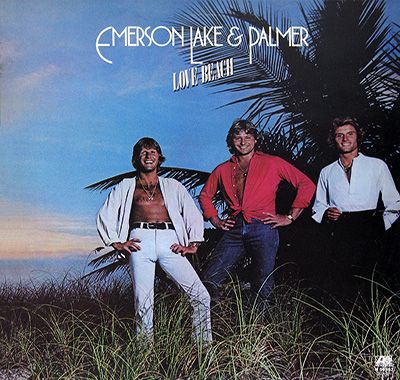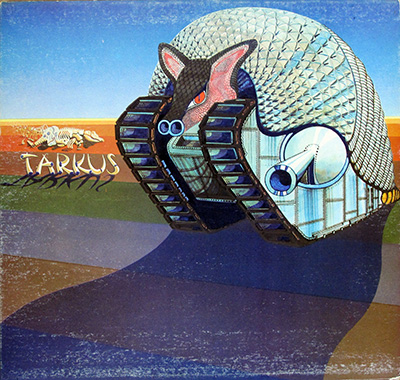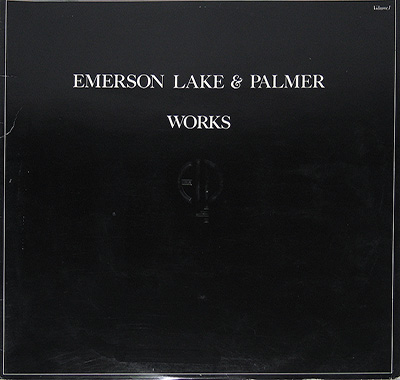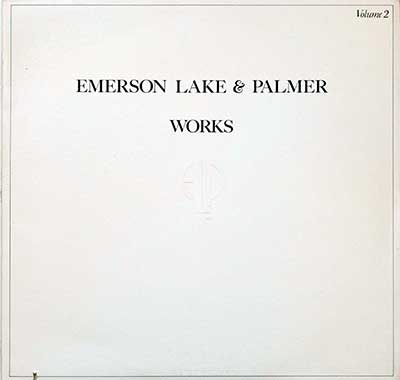Hold onto your wooden shoes, music freaks! Emerson, Lake & Palmer, those maestros of musical mayhem, unleashed a prog-rock hurricane on the unsuspecting Dutch public with their 1971 live album, "Mussorgsky's Pictures at an Exhibition." This Manticore Records release wasn't just a concert recording; it was a sonic assault on the senses, a symphonic freakout that left audiences reeling.
Picture this: the early 70s, a time when the flower power vibes were waning and a new breed of rock was emerging from the ashes. Prog rock, with its complex arrangements, virtuosic musicianship, and grandiose ambitions, was the sound of the future. ELP, those keyboard-wielding, drum-pounding, larynx-shredding virtuosos, were at the forefront of this movement.
"Pictures at an Exhibition," originally a piano suite by Russian composer Modest Mussorgsky, was an unlikely source material for a rock band. But ELP saw it as a blank canvas for their sonic experimentation. They took Mussorgsky's themes and injected them with a hefty dose of rock 'n' roll swagger, jazz improvisation, and even a touch of avant-garde weirdness. The album's striking cover art, depicting a grotesque figure bursting through a museum wall, perfectly captured the music's raw energy and disruptive spirit.
This Dutch pressing on Manticore Records captures the band's live performance at Newcastle City Hall in all its raw, unadulterated glory. Greg Lake's production is surprisingly clean for a live recording, allowing each instrument to shine through the mix. But it's the band's performance that truly takes center stage.
Keith Emerson, the mad scientist of the keyboards, unleashes a torrent of sound from his Hammond organ and Moog synthesizer, creating a sonic landscape that's both beautiful and terrifying. One of the album's most talked-about moments is Emerson's iconic knife-throwing stunt, where he would stab knives into the keys of his Hammond organ during the climactic finale. Greg Lake's vocals soar over the music, alternating between operatic bombast and intimate crooning. His performance of "Take a Pebble," a tender ballad in the middle of the album, provided a brief respite from the sonic onslaught. And Carl Palmer's drumming is a force of nature, propelling the music forward with relentless energy. His drum solo during "The Barbarian" became a showcase for his technical prowess and showmanship.
The album's tracklist is a journey through a sonic funhouse, each movement of Mussorgsky's suite reimagined as a prog-rock epic. "Promenade" sets the stage with its grand, sweeping melodies. "The Gnome" is a twisted, carnivalesque romp. "The Hut of Baba Yaga" showcases Emerson's virtuosic keyboard skills. And "The Great Gates of Kiev" brings the album to a triumphant close, leaving the listener breathless and exhilarated.
Not everyone was on board with ELP's audacious approach. Some critics accused the band of being pretentious and overblown, while others simply couldn't stomach the sheer volume and complexity of their music. But for those who embraced the band's musical vision, "Pictures at an Exhibition" was a revelation, a landmark album that pushed the boundaries of what rock music could be.
Despite the controversy, the album was a commercial success, reaching number 3 on the UK Albums Chart and cementing ELP's status as one of the leading progressive rock bands of the era. It remains a testament to the band's ambition, creativity, and sheer musical talent, and continues to inspire and challenge listeners to this day. So crank up the volume, let your freak flag fly, and prepare to be blown away by the sheer audacity of ELP's "Pictures at an Exhibition."
